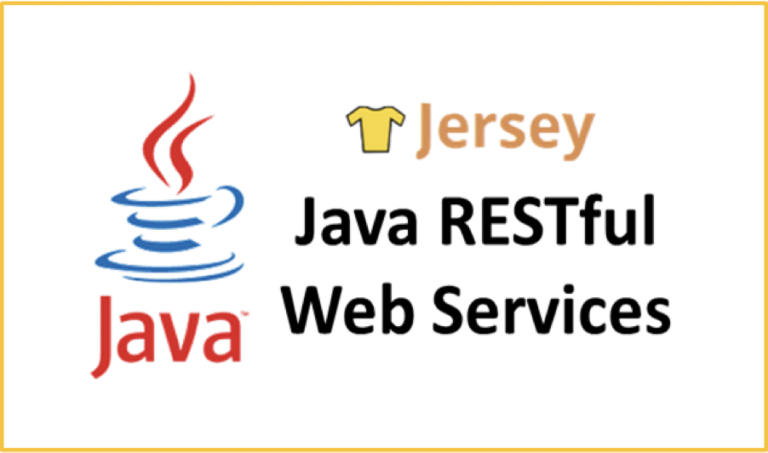Articles
Top 30 AI Tools for Developers [2024]
AI in EdTech: How to Integrate Machine Learning into Educational Software Development
Python Remove Empty String from List[3 methods Explained]
4 Best Methods Python String to List[with Examples]
Best Ways to Convert Python String to DateTime[with Code]
Python Replace String: A Comprehensive Guide
Which is Better for Data Analysis: Python or R?
Best Programming Languages for Data Visualization
Django vs Node.js for Machine Learning: A Comprehensive Comparison
Which Language Is Better for Machine Learning: Python or JavaScript?

4 Easy Ways to Create a Sociogram

Building Salesforce Mobile Apps With Ionic and Angular – TUTORIAL

Building React Native Apps With Salesforce Mobile SDK – TUTORIAL
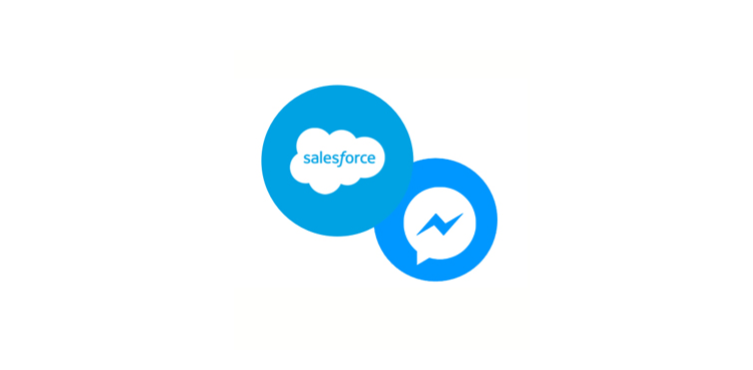
Creating a Salesforce Einstein Bot for Facebook Messenger – TUTORIAL

3 Easy tips to Improve The Performance of your PhoneGap/Cordova Application

Animated Page Transitions with React.js and Framer Motion – TUTORIAL
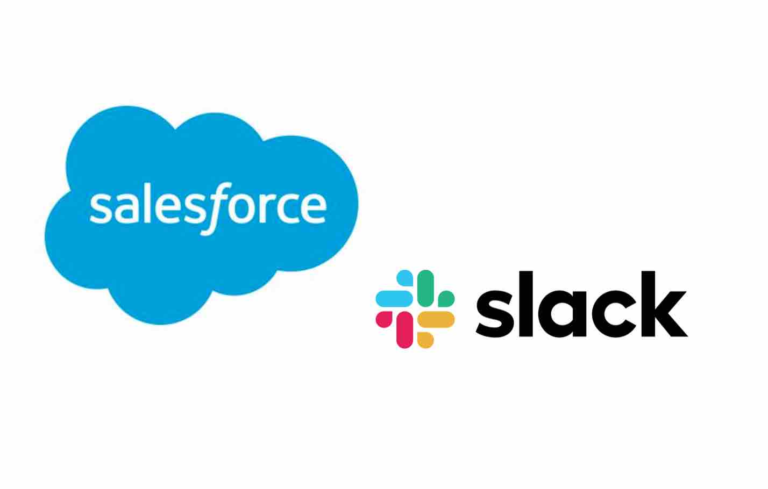
Easily Integrating Salesforce and Slack – TUTORIAL
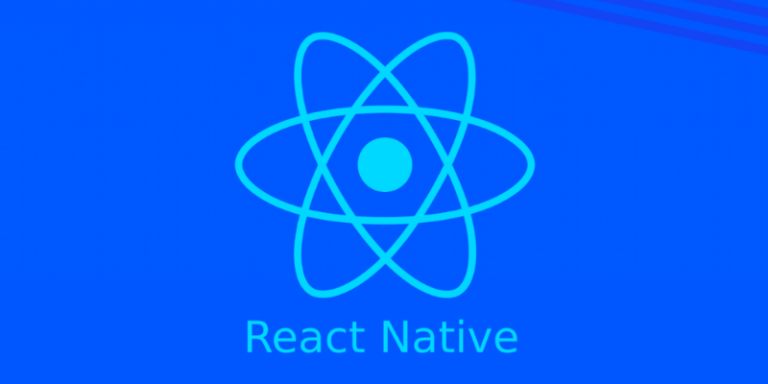
Building Cross-Platform Apps with React Native – TUTORIAL
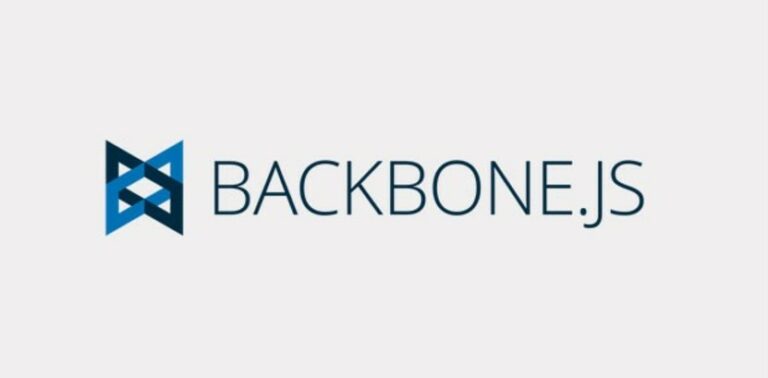
Quickly Learn Backbone.js by building a sample application – TUTORIAL

Build Robust Mobile Applications Using Ionic & Angular – TUTORIAL
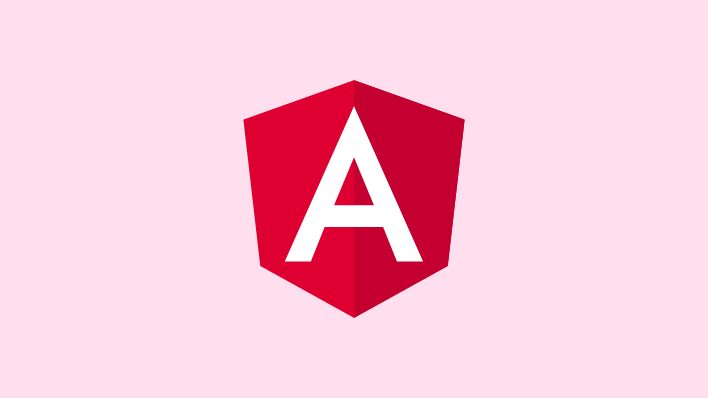
Learn Angular by building a Web Application – TUTORIAL
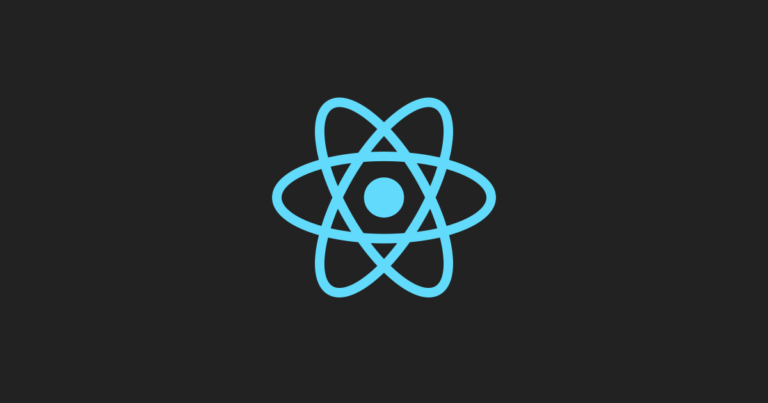
Learning to build a React.js Application from scratch – TUTORIAL
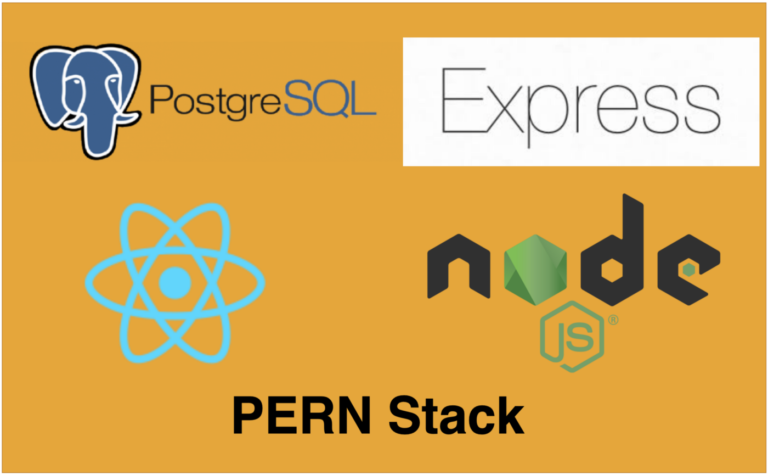
Building Apps With React, BootStrap, Nodejs & PostgreSQL – TUTORIAL
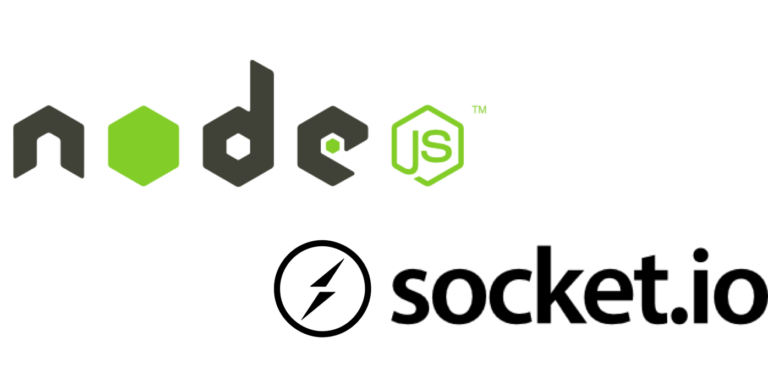
Building a Real-Time Analytics Application Using Socket.io & Node.js – TUTORIAL
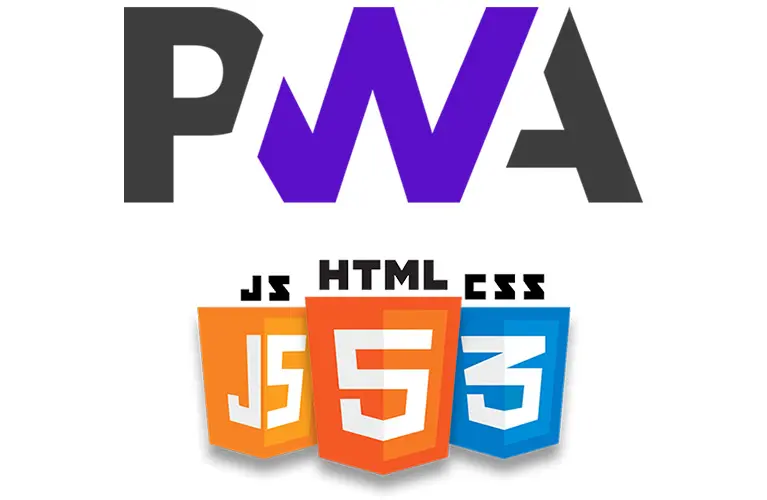
Building PWA (Progressive Web Apps) for Mobile Using HTML, CSS, JavaScript and local database – TUTORIAL

A Beginner’s Guide to Building their first Android Application – TUTORIAL
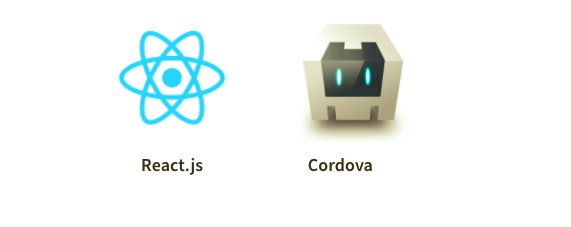
Learn to Build Cross-Platform Apps with React and Cordova – TUTORIAL

BlazeDS – Open Sourcing Remoting and Messaging

Setting Up WordPress on Amazon EC2 in 5 Minutes
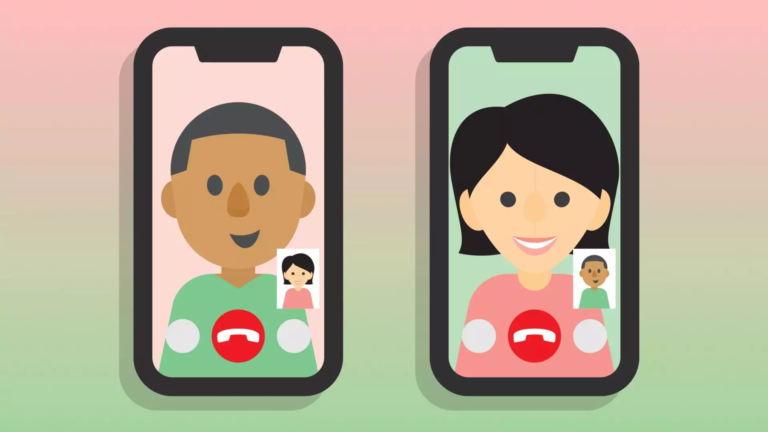
Android Video Chatting in 30 lines of Code – TUTORIAL
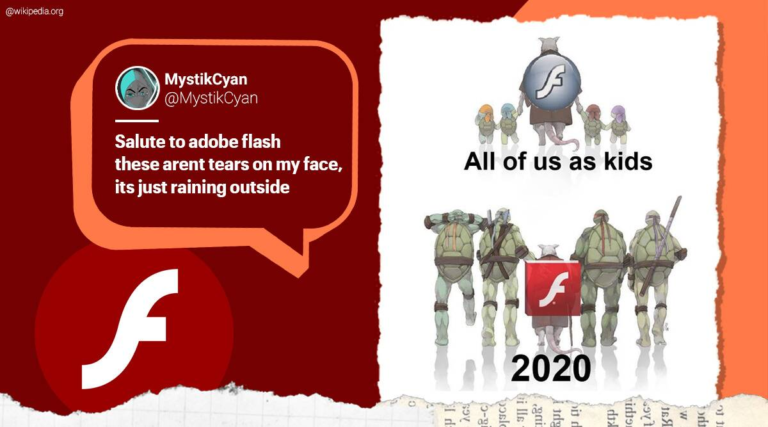
Apache Flex & Adobe Flash Player – Alternatives
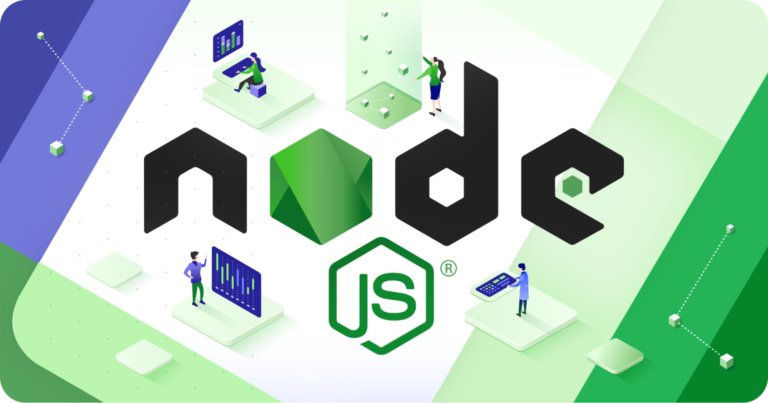
Creating a Web App with Backbone.js, Node.js, Express.js, Bootstrap, and MongoDB – TUTORIAL

Learn How to Create a REST API Using Slim Framework – TUTORIAL
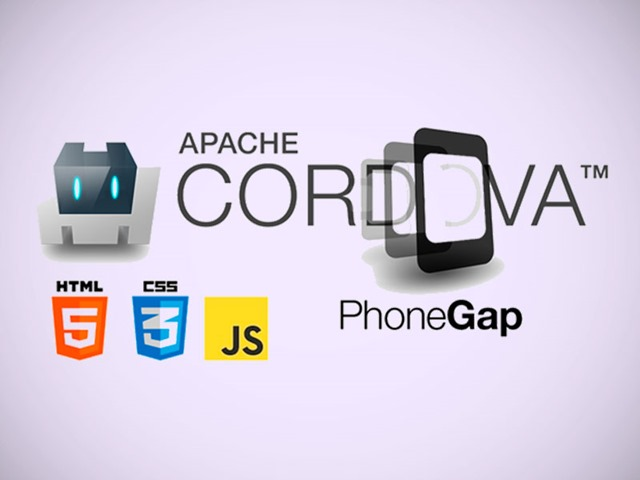
Building Cross-platform Applications Using PhoneGap/Cordova – TUTORIAL

HTML Templating Using Mustache.js – TUTORIAL

Creating a REST API using Node.js, Express and MongoDB – TUTORIAL
